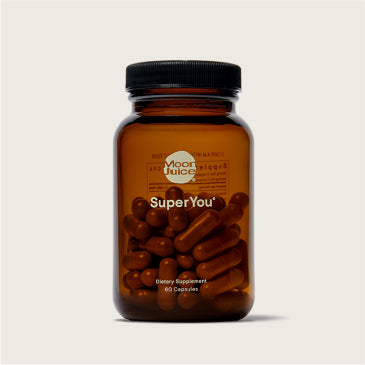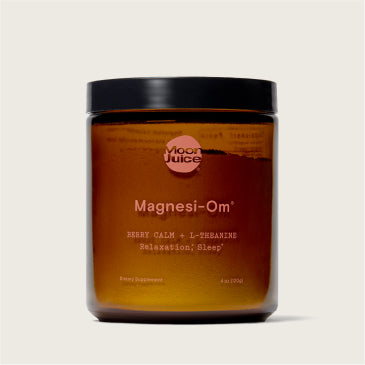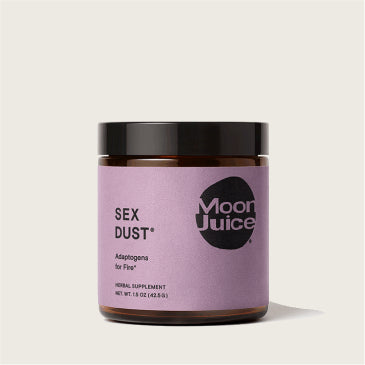Hydration is crucial for skin health. Hydration helps maintain a healthy skin barrier, which protects your body from environmental pollutants and prevents water loss that can lead to excess dryness. And to look fresh, plump, and firm, your skin also needs plenty of moisture.
But splashing your face with water won’t cut it.
In addition to staying hydrated by drinking plenty of water and eating water-filled fruits and veg, certain skin care ingredients, like hydrating powerhouse Hyaluronic Acid, can help quench your thirsty skin, drawing water into the skin from the outside in.
Read on to discover Hyaluronic Acid serum benefits and skin care tips for using this type of serum.
What is Hyaluronic Acid?
Hyaluronic Acid is a humectant, which means it draws in water. It can hold up to 1,000 times its weight in H2O.
Your body naturally produces it and almost 50% of it is found in the skin. Natural production declines with time, and when levels are low, skin is more prone to water loss. Transepidermal water loss (TEWL) is the amount of water that evaporates through the skin. It can happen because of skin conditions like eczema, but dry conditions and environments can also trigger TEWL. Humectants like Hyaluronic Acid are common in skin care because they pull water from the air onto the skin’s surface and help keep it there, helping to prevent TEWL, which can show up on the skin as fine lines, wrinkles, and sagging.
7 Powerful Hyaluronic Acid Serum Benefits
Eating certain foods — like citrus fruits, tubers, nuts, seeds, and leafy greens — can help support your body’s natural HA production. But adding a targeted type of serum to your skin care routine can give more potent, immediate results.
- Locks in hydration: By drawing water into itself, HA brings moisture from the air or deeper layers of the skin to the skin’s surface and traps it there.
- Treats and prevents dryness: By slowing the rate of water evaporation in the skin, Hyaluronic Acid can help with the rough texture that comes with excessive dryness.
- Increases skin elasticity: If your topmost skin layer regularly doesn’t get enough H2O, it can start to lose skin elasticity. Hydrating with HA can help restore the skin’s suppleness. A 2021 study involving forty females between 30 and 65 years of age found that those who used Hyaluronic Acid twice a day with sunscreen had plumper, smoother, and more hydrated skin. Using a hyaluronic acid serum is perfect if you’re wondering how to get plump skin.
- Reduce the appearance of lines: HA can help improve skin tightness and elasticity, which can fade the look of lines over time. A 2018 review concludes that Hyaluronic Acid showed promise for reducing wrinkles, scarring, and lines.
- Protects collagen: Because Hyaluronic Acid protects and delivers nourishment to collagen in your skin, it also helps with skin cell regeneration, reducing wrinkle formation and making skin look more youthful.
- Supports the skin barrier: By preventing moisture loss, Hyaluronic Acid balances and restores your skin barrier, which protects against toxins and allergens.
- Defends against oxidative stress: By supporting the skin barrier, Hyaluronic Acid can help protect from oxidative stress — which speeds up the skin aging process and can negatively impact collagen production, leading to sagging skin and other visible signs of aging.
- Aids in wound healing: One 2014 review notes that ingesting Hyaluronic Acid can increase natural HA synthesis and promote cell production in fibroblasts, which play a crucial role in wound repair. Topically-applied Hyaluronic acid can also aid in wound repair. One study that looked at wound healing found that 8 out of 9 wounds pretreated with Hyaluronic Acid were nearly completely healed within 24 hours, while none of the wounds pretreated with saline had healed.
Types of Hyaluronic Acid for Skin
Molecular weight, measured in unified atomic mass units or kilodaltons (kDa), is a crucial factor when choosing a Hyaluronic Acid product. Lower molecular weight can help HA penetrate past the top layers of skin, making a skin care product more effective.
One study suggests that molecular weights of 50 or 130 kDa are the sweet spot for effectiveness. While all the molecular weights studied improved skin hydration and elasticity, the products with 50 and 130 kDa Hyaluronic Acid produced more pronounced effects, including significant improvements in skin roughness. The researchers concluded that the lower the molecular weight, the better the Hyaluronic Acid is at penetrating deeply and reducing wrinkle depth.
Sign Up, Nerd Out
Get wellness tips, education, and recipes
delivered straight to your inbox.
Get wellness tips, education,
and recipes delivered
straight to your inbox.
How to Use a Hyaluronic Acid Serum
You can find Hyaluronic Acid in Plump Jelly, a plumping serum that’s like a glass of water for your face. The Moon Juice formula hydrates to help keep skin bouncy using Hyaluronic Acid and PGA Peptides to hydrate around cells and Beet Amino Acids and Silver Ear mushrooms to lock in moisture. It has adaptogenic Reishi mushroom benefits for the skin that helps enhance the skin’s natural barrier function and Tocos (Vitamin E) to help protect the skin from oxidative stress to preserve elasticity.
The Hyaluronic Acid in Plump Jelly has a low molecular weight of 50 kDa, allowing it to penetrate the skin and hold onto water beneath the surface for deep skin hydration.
Use Plump Jelly every day in the AM or PM on your face and lips. Apply 3 pumps onto damp, cleansed skin during your regular skin care routine. You can also use it as an ultra-hydrating mask by applying 6 pumps to soaking wet skin or as a primer before applying makeup. Make sure to apply moisturizer afterward to seal in all that hydration!
Sources
- Acetylated hyaluronic acid. (n.d.). https://www.cosmacon.de/en/acetylated-hyaluronic-acid/
- Dicker KT, et al. (2015). Hyaluronan: A simple polysaccharide with diverse biological functions. https://www.ncbi.nlm.nih.gov/pmc/articles/PMC3960342/
- Draelos ZD, et al. (2021). Efficacy evaluation of a topical hyaluronic acid serum in facial photoaging. https://pubmed.ncbi.nlm.nih.gov/34176098/
- Duckney P, et al. (2013). The role of the skin barrier in modulating the effects of common skin microbial species on the inflammation, differentiation and proliferation status of epidermal keratinocytes. https://www.ncbi.nlm.nih.gov/pmc/articles/PMC4225502/
- Hyaluronic acid. (2022). https://www.ncbi.nlm.nih.gov/books/NBK482440/
- Hyaluronic acid/sodium hyaluronate. (n.d.). https://www.ons.org/node/2366
- Juncan AM, et al. (2021). Advantages of hyaluronic acid and its combination with other bioactive ingredients in cosmeceuticals. https://www.mdpi.com/1420-3049/26/15/4429
- Kawada C, et al. (2014). Ingested hyaluronan moisturizes dry skin. https://www.ncbi.nlm.nih.gov/pmc/articles/PMC4110621/
- Kong M, et al. (2011). Investigations on skin permeation of hyaluronic acid based nanoemulsion as transdermal carrier. https://www.sciencedirect.com/science/article/abs/pii/S0144861711004073
- Nawrat P, et al. (2005). The effect of hyaluronic acid on interleukin-1-induced deregulation of collagen metabolism in cultured human skin fibroblasts. https://pubmed.ncbi.nlm.nih.gov/15749462/
- Nyman E, et al. (2019). Hyaluronic acid accelerates re-epithelialization and alters protein expression in a human wound model. https://journals.lww.com/prsgo/fulltext/2019/05000/hyaluronic_acid_accelerates_re_epithelialization.35.aspx
- Oe M, et al. (2017). Oral hyaluronan relieves wrinkles: A double-blind, placebo-controlled study over a 12-week period. https://www.ncbi.nlm.nih.gov/pmc/articles/PMC5522662/
- Papakonstantinou E, et al. (2012). Hyaluronic acid: A key molecule in skin aging. https://www.ncbi.nlm.nih.gov/pmc/articles/PMC3583886/
- Pavicic T, et al. (2011). Efficacy of cream-based novel formulations of hyaluronic acid of different molecular weights in anti-wrinkle treatment. https://pubmed.ncbi.nlm.nih.gov/22052267/
- Saturnino C, et al. (2014). Acetylated hyaluronic acid: Enhanced bioavailability and biological studies. https://www.researchgate.net/publication/263746990_Research_Article_Acetylated_Hyaluronic_Acid_Enhanced_Bioavailability_and_Biological_Studies

.png?v=1680536410873)
.png?v=1680536455707)










